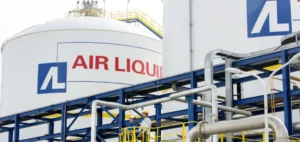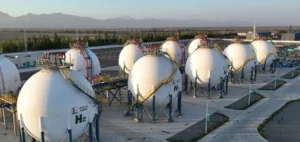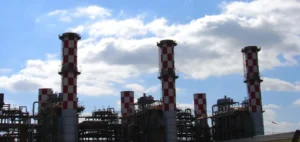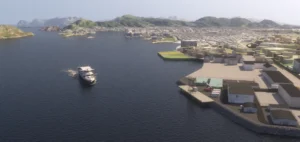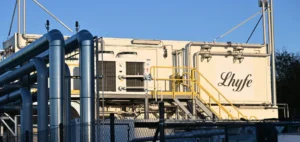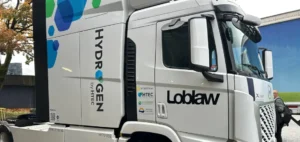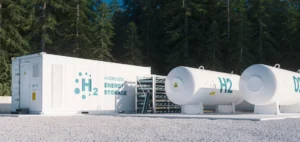The global energy industry is on the cusp of a major transformation, marked by the development of cleaner, more sustainable energy sources. However, among the most ambitious projects in this field is the White Dunes project, led by Hydrogène de France (HDF Energy) and Falcon Capital Dakhla.
Strategic synergy between HDF Energy and Falcon Capital Dakhla
The collaboration between HDF Energy and Falcon Capital Dakhla, a major Moroccan player, symbolizes a strategic synergy. The partnership benefits from the complementary skills of the two companies: Falcon Capital Dakhla brings its in-depth knowledge of the local and regional market, while HDF Energy contributes its proven technical and financial expertise.
Green Hydrogen: A Vision for the Future
The White Dunes project aims to produce green hydrogen through water electrolysis, powered by renewable energy sources such as solar and wind power. In addition, the abundant natural resources in the region where the project is located offer a unique opportunity to produce hydrogen at a competitive cost, while ensuring minimal environmental impact.
Economic and environmental implications
This project is part of Morocco’s Hydrogène Vert offering. Indeed, with ambitious targets for renewable energy production capacity, the project could eventually generate impressive energy capacity, combining wind power, photovoltaics and electrolysers.
The initial investment, estimated at 20 billion Moroccan Dirhams, reflects the scale and scope of this project. In addition to the environmental benefits, this project also promises significant economic spin-offs, particularly in terms of job creation and technological development.
The White Dunes project represents a crucial step in the adoption of clean, renewable energy sources. By combining technical expertise, environmental commitment and strategic vision, this project illustrates a model of innovation in the green hydrogen sector. The success of this project could not only transform Morocco’s energy landscape, but also serve as a global benchmark for similar initiatives.











